Plastic waste is a warning problem globally, with millions of tons of plastic waste ending up in landfills and the ocean each year. It takes centuries to degrade, and the chemicals released during decomposition cause harm to the environment. Bioplastics are often touted as a solution to this problem, but is bioplastic biodegradable, and are they better for the environment? Let's take a closer look at the environmental impact of bioplastics in this article.
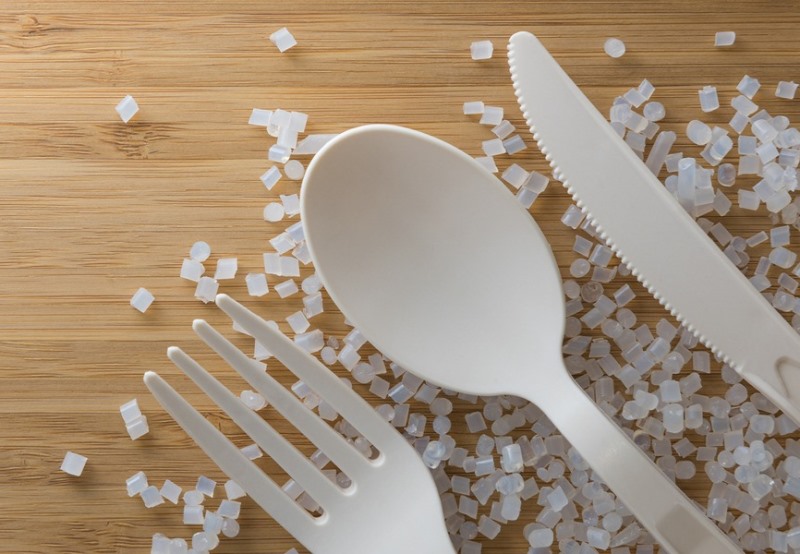
1. What is bioplastic?
The term "bioplastic" has always been controversial. Bioplastic is commonly known as plastics made from renewable resources, such as cornstarch, sugarcane, and cellulose.
In fact, bioplastic doesn't refer to a single material but instead to various types of plastics. Bioplastics can be bio-based plastics, biodegradable plastics, or both.
Read more: What are bioplastics made from? Materials to make bioplastics
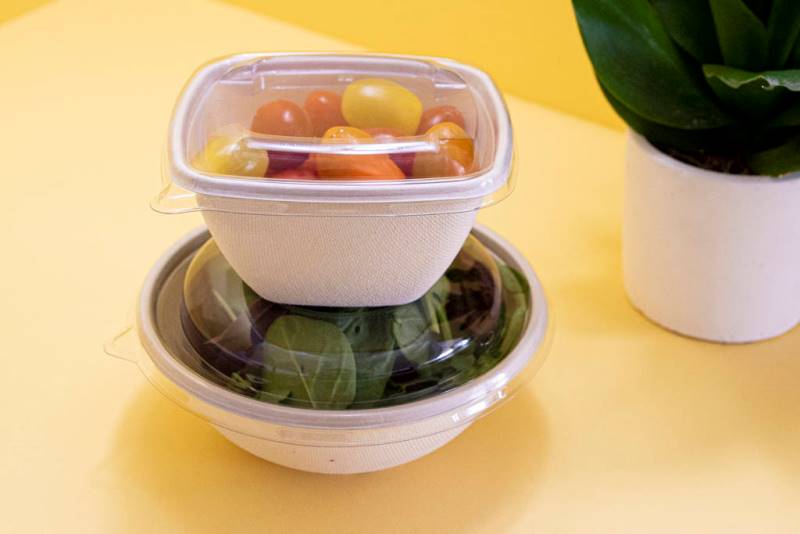
Bio-based bioplastics are made from biomass resources but do not biodegrade. They are often used in applications requiring a longer lifespan, such as durable goods and automotive parts. Although they do not biodegrade, non-biodegradable bioplastics are still a more sustainable option than traditional petroleum-based plastics because they are made from renewable resources.
On the other hand, biodegradable plastics are designed to break down into natural materials, such as water and carbon dioxide, in months. They are often used in applications requiring a short lifespan, such as packaging and disposable products.
2. Is bioplastic biodegradable?
Are all bioplastics biodegradable? The answer is no; not all bioplastics are biodegradable. The biodegradability of a material directly depends on its chemical structure rather than its source of origin. In other words, 100% bio-based plastics may not be biodegradable, yet 100% fossil-based plastics may be.
As mentioned above, there are bioplastics that meet both of these requirements: biobased and biodegradable. These plastics, such as
PLA or PHA, usually contain starch and other biodegradable polymers. The availability of such polymers constitutes a significant step in decreasing the carbon footprint and, under the right conditions, biodegrading without leaving any trace of microplastics.
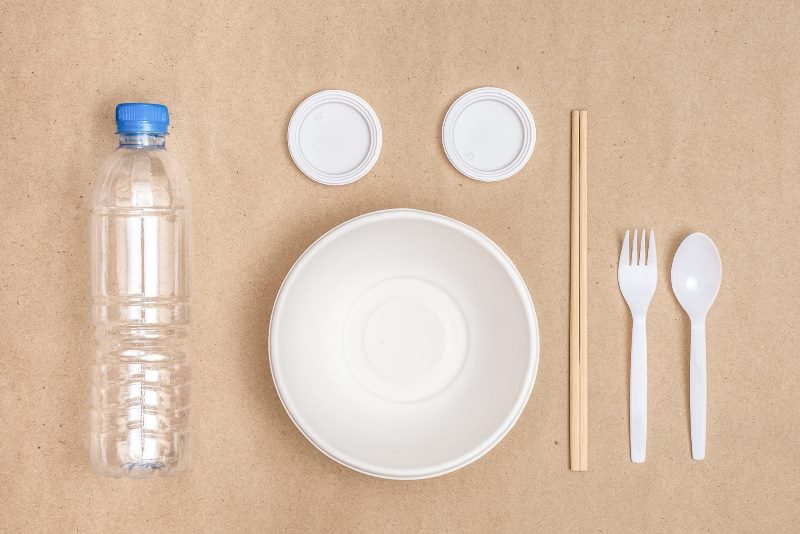
3. The biodegradability of bioplastics in the natural environment
3.1. Factors that affect the biodegradability of bioplastics
Several factors affect the biodegradability of bioplastics in natural environments. These include the type of bioplastic, the environment it is exposed to, and the presence of microorganisms that can break down the material.
In other words, bioplastics having a shorter chain, more amorphous parts, and a simpler formula are more vulnerable to microorganism biodegradation. Furthermore, the environment in which the bioplastics are placed is a critical component in their biodegradation. The most important environmental parameters are pH, temperature, moisture, and oxygen concentration.
3.2. The biodegradation of bioplastics
How does bioplastic decompose? According to a study published on Chemosphere, the biodegradation (or decomposition) of polymers consists of three important steps:
- Bio-deterioration: This is the modification of the polymer's mechanical, chemical, and physical properties due to the growth of microorganisms on or inside the surface of the polymers.
- Bio-fragmentation: This is the conversion of polymers to oligomers and monomers by the action of microorganisms.
- Assimilation: Where microorganisms are supplied by necessary carbon, energy, and nutrient sources from the fragmentation of polymers and convert carbon of plastic to CO2, water, and biomass.

Bioplastics biodegradation is much similar to conventional polymers but in a much shorter time. Although biodegradable bioplastics offer a potential solution to plastic pollution, there are concerns about their biodegradability in natural environments.
For example, some biodegradable bioplastics may only degrade under specific conditions and only in some environments. Additionally, some bioplastics may release harmful chemicals as they break down, harming the environment and wildlife.
Biodegradable bioplastics can be composted in industrial composting facilities, where they can break down into natural elements in just a few weeks. However, composting bioplastics at home is not recommended as it may not provide the ideal conditions for biodegradation.
4. Are bioplastics better for the environment?
4.1. How does bioplastic help the environment?
In general, bioplastic's carbon footprint is far lower than that of traditional petroleum-based plastics. Carbon footprint is the total amount of greenhouse gasses emitted during a product's entire lifecycle. The production of bioplastics generates fewer greenhouse gas emissions than traditional plastics, mainly because the raw materials used in bioplastics are renewable and carbon-neutral.
Bioplastics emit much lower greenhouse gas emissions during their lifetime than standard plastics. There is no significant increase in carbon dioxide as they degrade since the plants used to make bioplastics absorbed the same amount of CO2 as they grew.
The production of traditional plastics involves extracting and refining crude oil, which is a complex and energy-intensive process. In contrast, bioplastics are made from natural materials that require less processing and energy consumption. Additionally, the manufacturing process for bioplastics involves lower temperatures, which further reduces the energy needed to produce them.

Furthermore, the production of bioplastics generates fewer harmful by-products than traditional plastics. Traditional plastics release a wide range of chemicals and toxins during manufacturing, which can be detrimental to human health and the environment. On the other hand, bioplastics produce fewer by-products, and the by-products produced are less harmful.
Another benefit of bioplastics is their biodegradability. Bioplastics can be designed to biodegrade under specific conditions, such as exposure to UV, heat, or moisture. This means bioplastics can be broken down into natural elements, such as water and carbon dioxide, rather than persisting in the environment for hundreds of years, as traditional plastics do.
4.2. The potential environmental side effects of bioplastic
While bioplastics have some environmental benefits, they also have some drawbacks. Bioplastics are not always biodegradable or compostable, some need high-temperature industrial composting facilities to break down, and very few countries have the equipment to deal with them.
As a result, bioplastics frequently wind up in landfills. In absent-oxygen conditions, they may emit methane, a 23 times more potent greenhouse gas than carbon dioxide.
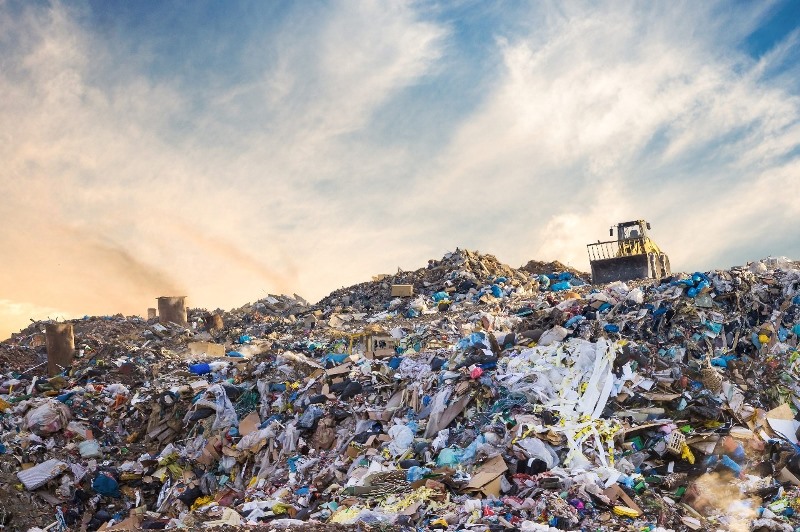
Furthermore, bioplastics are also highly expensive. PLA can be 20 to 50 percent more costly than equivalent materials. But, prices are falling as academics and firms create more efficient and environmentally friendly methods of making bioplastics.
In terms of land and water use, the production of bioplastics requires land to grow crops that are used to make the raw materials. This can result in land-use conflicts, deforestation, and habitat destruction. Bioplastic production can also require significant amounts of water. The cultivation of crops requires irrigation, which can contribute to water scarcity and depletion.
5. EuroPlas - A leading manufacturer of sustainable bioplastics solutions
EuroPlas is a leading company in the bioplastics industry, providing sustainable alternatives to traditional plastics for businesses worldwide. With more than 15 years of experience, EuroPlas has become a trusted partner for companies seeking to reduce their carbon footprint and meet their sustainability goals.
The company offers compostable plastic materials from renewable resources such as cornstarch, sugarcane, and potatoes. EuroPlas prides itself on its commitment to research and development, continuously improving its products' quality and performance while maintaining its sustainability credentials.
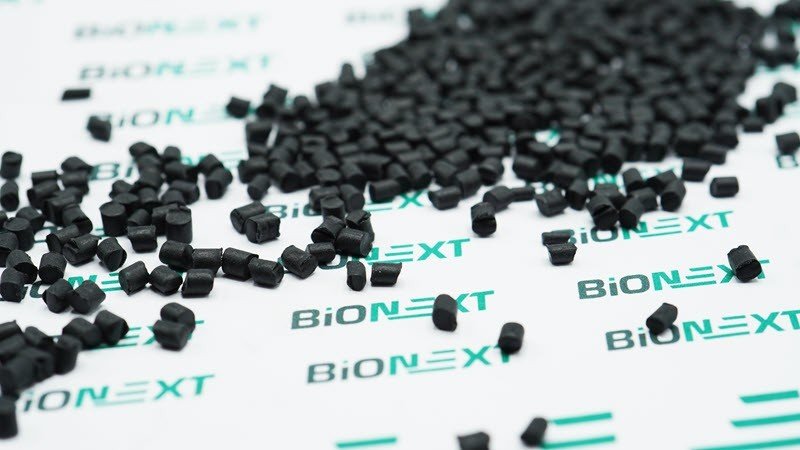
BiONext 600 - a bioplastic material from EuroPlas
EuroPlas has a global presence, with customers in Europe, Asia, and the Americas and a network of distributors and partners that ensures efficient and reliable delivery worldwide. The company's team of experts provides technical support and advice to help customers choose the best bioplastics for their specific applications and requirements.
Contact us for more information and the earliest support!